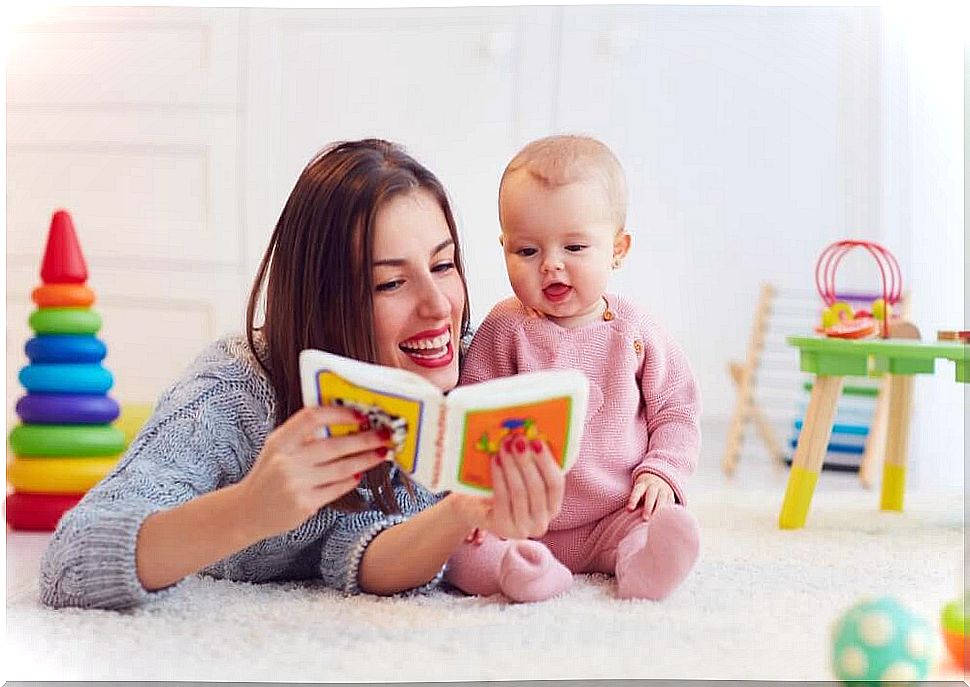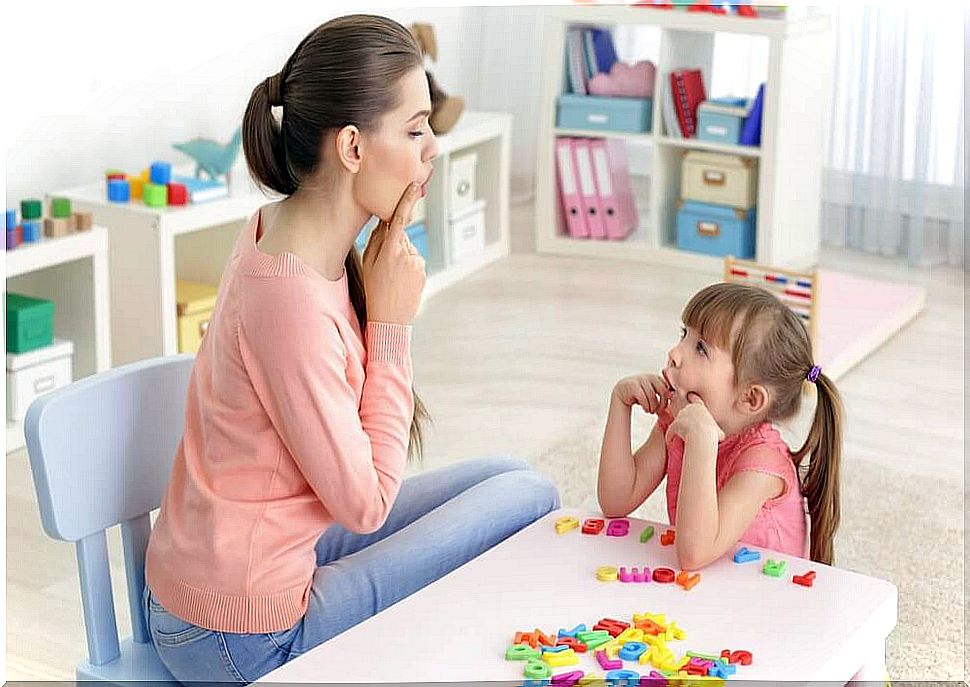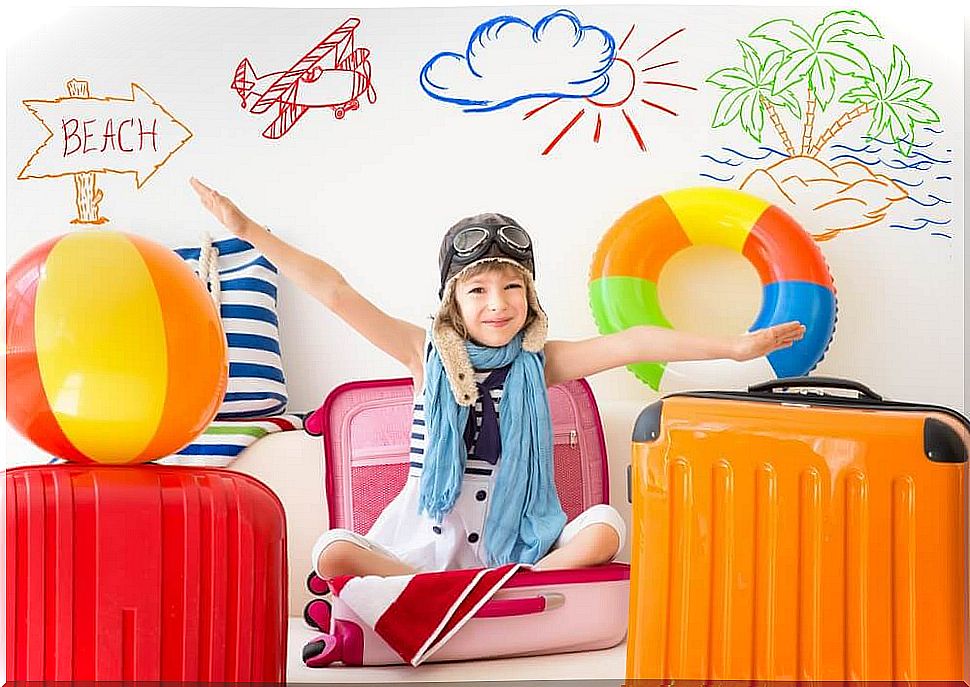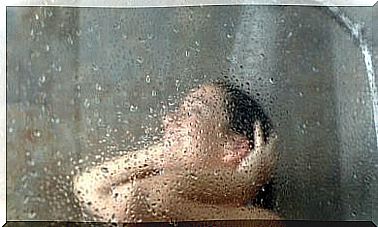Language Acquisition In Children: 5 Exercises
Language acquisition in children is a development process that takes time. However, you can support your child in this as he is closely connected to his or her social development.

Even when children do not use words at an early age, they do express themselves through crying and body language. Nevertheless, language acquisition in children is a fundamental developmental phase. As parents, we can support children through various exercises.
The value of language
The ability to speak allows our children to understand and express their thoughts, feelings, desires, and urges. In fact, it is so important that we consider the spoken word to be the primary means of communication.

However, is there anything you could do to improve your child’s language learning?
Some of the following exercises are really very simple. You can even do them at home, including activities that you are already doing with your children.
Some previous observations on language acquisition in children
First of all, we would like to mention that parents have a lot of influence on the developmental process of language acquisition in children . It is therefore important to pronounce words correctly and to make the sounds clear.
To encourage language acquisition in children, one should talk to them a lot. Of course, I should adapt the conversation to the age and abilities of the child. But it is best not to use belittling or “baby talk”.
1. Take a walk
Walks, trips or excursions are fun experiences that create new impressions and, above all, new vocabulary. All the excitement stimulates the child to express themselves and freely share their feelings.

Talk about what you are experiencing: the colors, sounds, smells, figures … Use everything that is around you to create a conversation that interests your child.
2. Read stories
This exercise is helpful in developing an understanding of objects and people. You can easily start with the question: “Where is the …?” and your child will point their finger at the person or object that you are looking for.
However, you have to give your little one some time to fulfill your wish. If he or she did it, praise them for their effort and repeat the exercise.
3. Play with pictures and photos
This activity is very similar to the last one, except that you use photos or cut-out images. You can first describe each picture individually.
We recommend using images that depict various activities. So the child can easily see the contrast and there are fewer misunderstandings.
After explaining the photos, your child can see what each person is doing in the pictures. Of course, activities should be simple and understandable for the child. For example, it could be people eating, playing, sleeping, or running.
4. Teach your child to say their name
Not only is it important and useful to know your name, but this activity also enables children to develop the ability to call other people, objects, and actions by name.
Start with, “Your name is …” and repeat it a few times so that if you ask him the same question, he can answer you.

If your child answers you correctly, give praise and slowly add their middle name or last name. If your child is wrong about the answer, just do the exercise all over again.
You can also use the same exercise to name different parts of the body or familiar objects. This includes, for example, toys or things that are used often, such as plates, shoes, glasses, etc.
5. Animal sounds
Another game that kids love is to associate animal names with their sounds. Nowadays there are even mobile apps for this, but of course you can simply imitate the animals with your voice: the meowing of the cat or the mooing of the cow.
So you can just mimic the sounds of a pet and ask your child which animal it is. Or ask what sound the ducks are making and have your offspring respond with the appropriate croaking sound.
Closing remarks
You have probably already done some language learning exercises with children.
However, it’s best to just talk to your child a lot and let them express themselves freely. Don’t put any pressure on him, but better enjoy the process together.
Remember that you and your family are his first language learning teachers.
Take your time and pay attention to your child, because this will help them to enrich their vocabulary. Which of the exercises work for you and your children?









